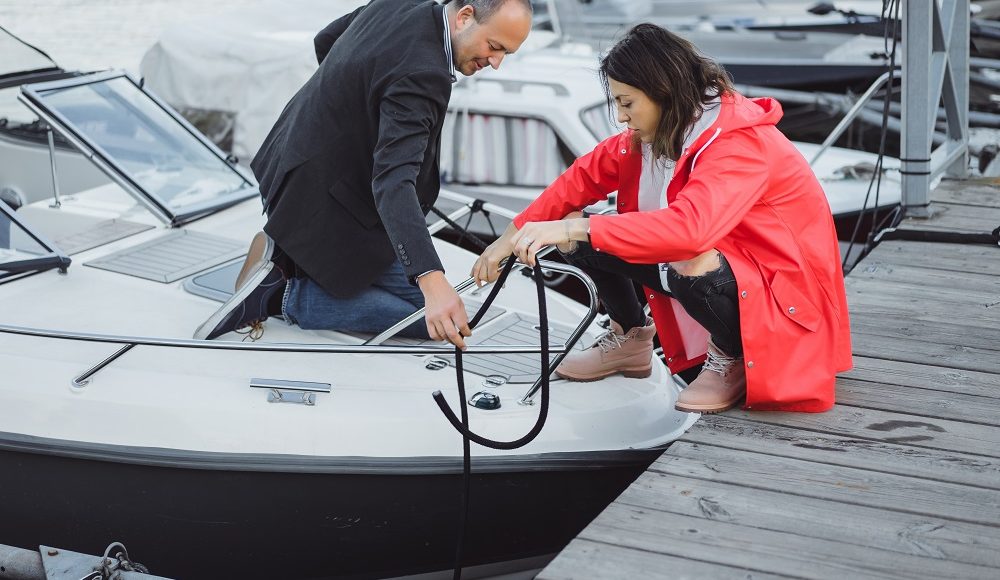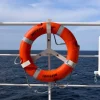Optimize Your Boat’s Electrical Connections for More Reliable Navigation

Safe sailing requires reliable and durable electrical connections onboard your boat. Most electrical issues on vessels stem from corroded connections. In this article, we’ll explore techniques to create robust electrical connections and avoid corrosion-related problems.
Opt for Quality Soldering for Greater Durability
Good soldering is essential to protect electrical wires from corrosion. Tinning, which involves applying a drop of solder onto the heated conductor, ensures long-lasting protection of the copper wire. It’s crucial to heat the copper properly, allowing the solder to rise by capillary action into the stranded wire, providing optimal protection.
Choose the Right Terminals
Select terminals that match the type of connection and wire diameter. Crimping with pliers, an affordable tool, requires special care to avoid crushing the terminal. Remember to slide the insulating sleeve over the wire before crimping.
Insulate with Heat-Shrink Tubing
Prevent short circuits by carefully insulating your connections. Heat-shrink tubing, a “magical” material, shrinks when heated, ensuring optimal insulation. These tubes come in various diameters and colors, making it easier to identify circuits onboard.
Essential Heat-Shrink Tubing Kits
In addition to providing effective insulation, heat-shrink tubing is available in multiple diameters and colors, simplifying circuit identification. These practical accessories should be a staple in your marine toolkit.
With tinned wire, properly crimped terminals, and insulation covering both the wire and the terminal, your electrical connection will be perfectly reliable. Designed to withstand marine conditions, this setup will endure over time, ensuring trouble-free navigation.




